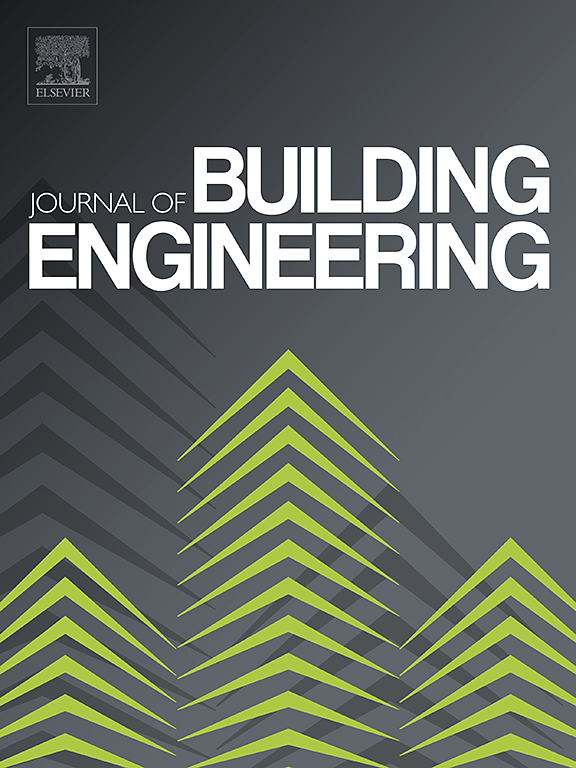Synergistic Upcycling MSWI Ash and Class F Fly Ash to Prepare a Sustainable Ternary Cementitious Composite
IF 6.7
2区 工程技术
Q1 CONSTRUCTION & BUILDING TECHNOLOGY
引用次数: 0
Abstract
Class F fly ash (FA) is often limited in its application in the cement industry due to its low hydration reactivity. This study explores the synergistic utilization of municipal solid waste incineration fly ash (MSWIA) and FA to valorize these two industrial waste streams for application in the concrete industry, aimed to reduce the carbon footprint associated with extensive cement use. The study proposes replacing part of the cement with MSWIA and Class F FA, with a baseline mix ratio of MSWIA: FA: Cement = 40%:40%:20%. In addition, silica fume (SF), nano-montmorillonite (nMMT), and calcium oxide (CaO) were added to the system to modify and activate the binder, with the goal of meeting practical engineering requirements. Experimental results indicate that the optimal dosages are 15% SF/(FA+MSWIA), 0.3% nMMT/(FA+MSWIA), and 3% CaO/(FA+MSWIA), achieving a 28-day compressive strength of 21.12 MPa, which represents an increase of 186.2% compared to the baseline. Furthermore, scanning electron microscopy (SEM), thermogravimetric analysis (TGA), X-ray diffraction (XRD), and deconvoluted Fourier transform infrared spectroscopy (FTIR) were used to investigate the effects of various variables on the microstructural morphology, hydration process, and hydration products of the samples. The results demonstrate that the addition of SF, nMMT, and CaO not only promotes the formation of highly polymerized hydration products, refines the pore structure, and improves the microstructural compactness but also significantly enhances the overall mechanical properties and durability of the cementitious system.

求助全文
约1分钟内获得全文
求助全文
来源期刊

Journal of building engineering
Engineering-Civil and Structural Engineering
CiteScore
10.00
自引率
12.50%
发文量
1901
审稿时长
35 days
期刊介绍:
The Journal of Building Engineering is an interdisciplinary journal that covers all aspects of science and technology concerned with the whole life cycle of the built environment; from the design phase through to construction, operation, performance, maintenance and its deterioration.
 求助内容:
求助内容: 应助结果提醒方式:
应助结果提醒方式:


